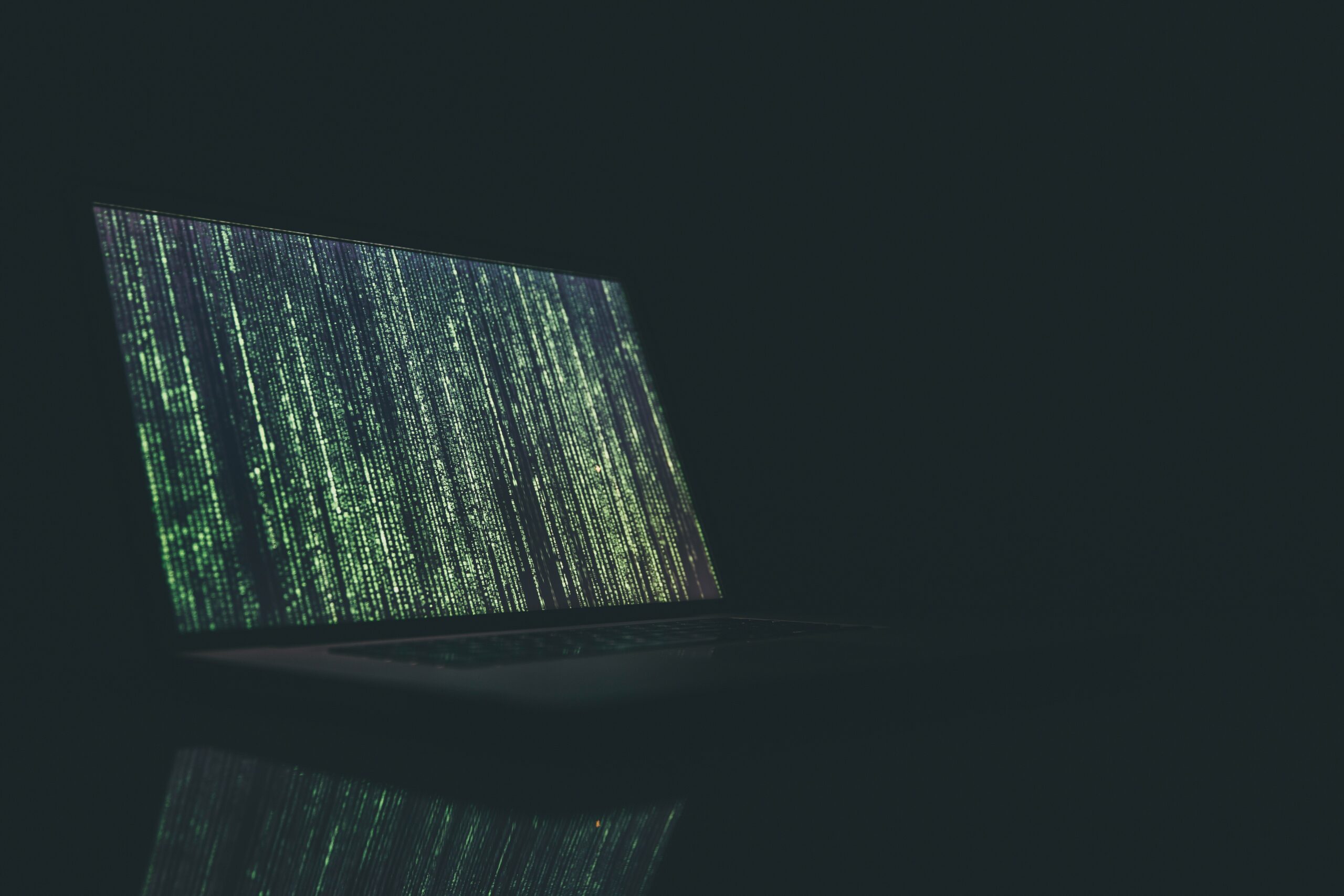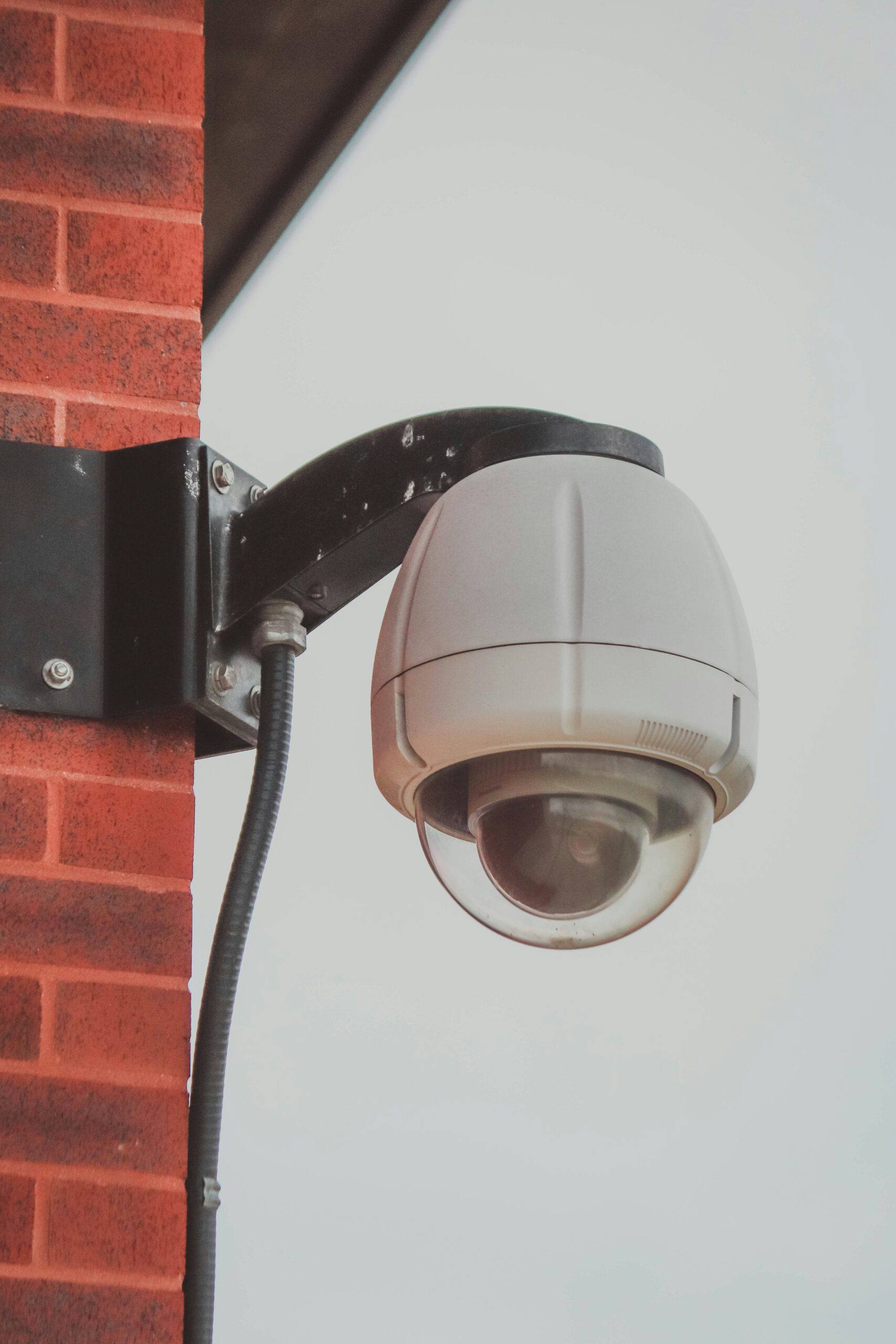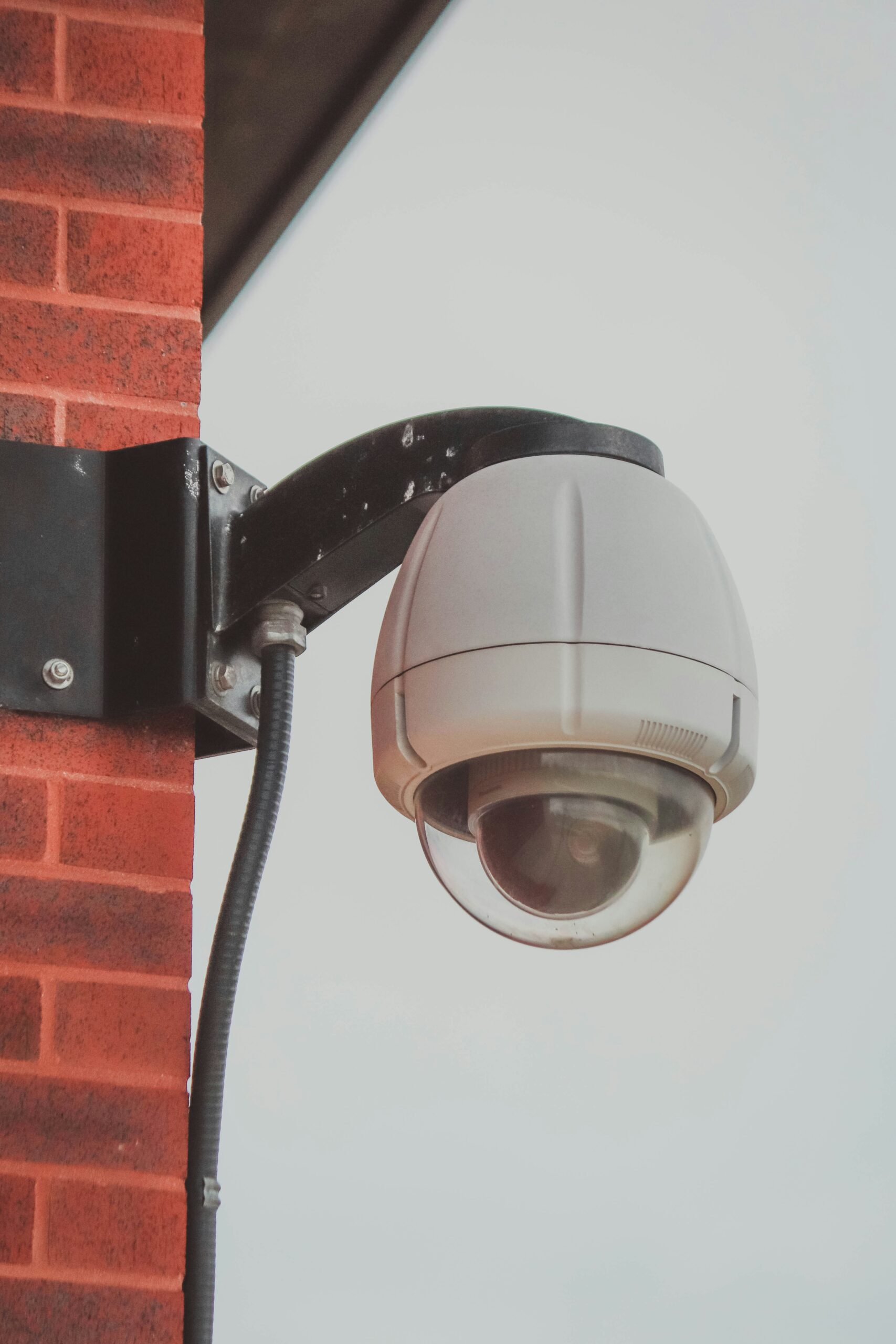Understanding Threat Actors: Exploring Threats, Vulnerabilities, and Mitigations in Sy0-701 Security
Introduction to Threat Actors The term “threat actor” refers to any individual or group that poses a threat to security systems through malicious actions. In the realm of Sy0-701 security, understanding threat actors is paramount. These entities can vary widely in their motivations, capabilities, and targets, underscoring the need for comprehensive analysis and strategic mitigation … Read moreUnderstanding Threat Actors: Exploring Threats, Vulnerabilities, and Mitigations in Sy0-701 Security










